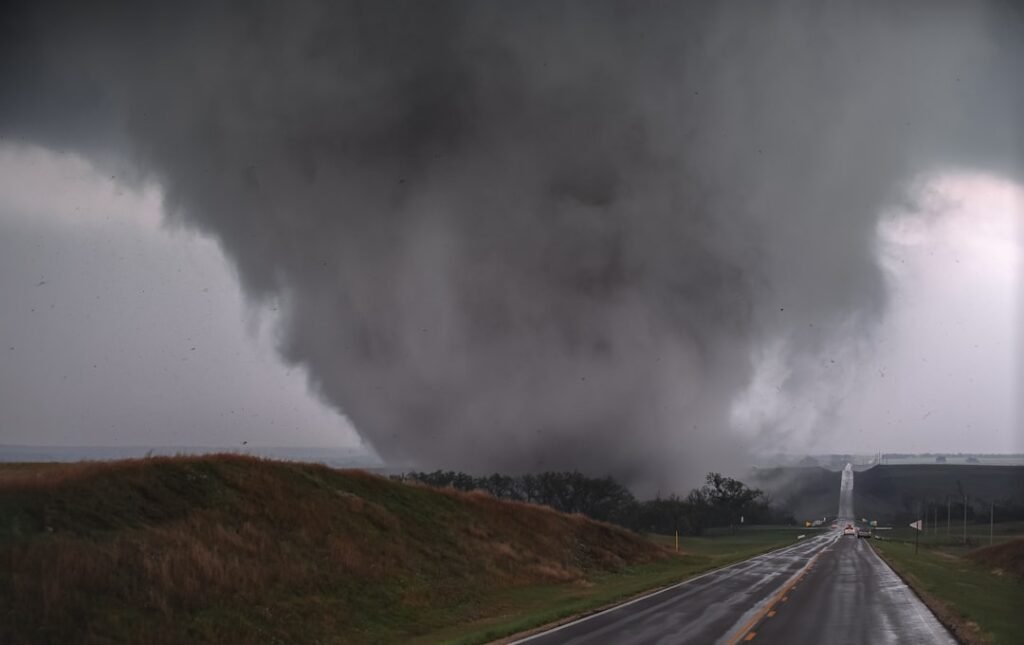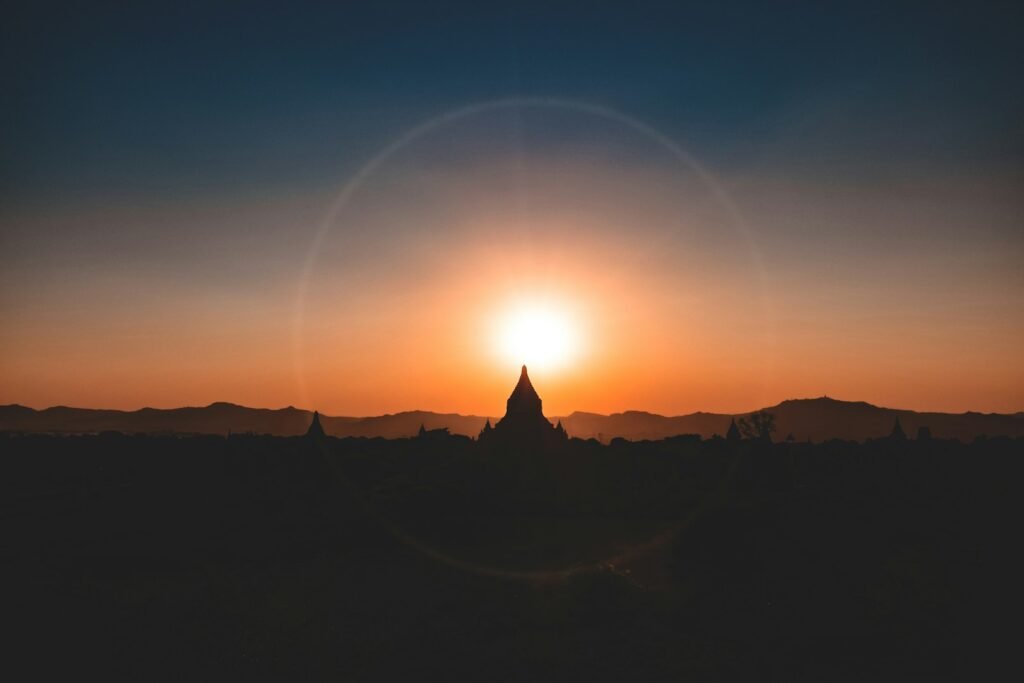When you think about nature’s fury, your mind might drift to gentle summer storms or winter snow days. Yet throughout Earth’s recorded history, meteorological events have unleashed forces so devastating and terrifying that they’ve fundamentally altered landscapes, claimed countless lives, and left permanent scars on human memory. These aren’t just weather patterns – they’re demonstrations of atmospheric power that challenge our understanding of what’s possible.
The weather events you’re about to discover represent the absolute extremes of what our planet’s atmosphere can produce. From temperature swings that could kill within hours to storms that devoured entire cities, these phenomena remind us that despite all our technological advances, we remain vulnerable to nature’s most violent expressions. So let’s dive into the most spine-chilling weather disasters ever documented.
The Great Galveston Hurricane of 1900: America’s Deadliest Natural Disaster
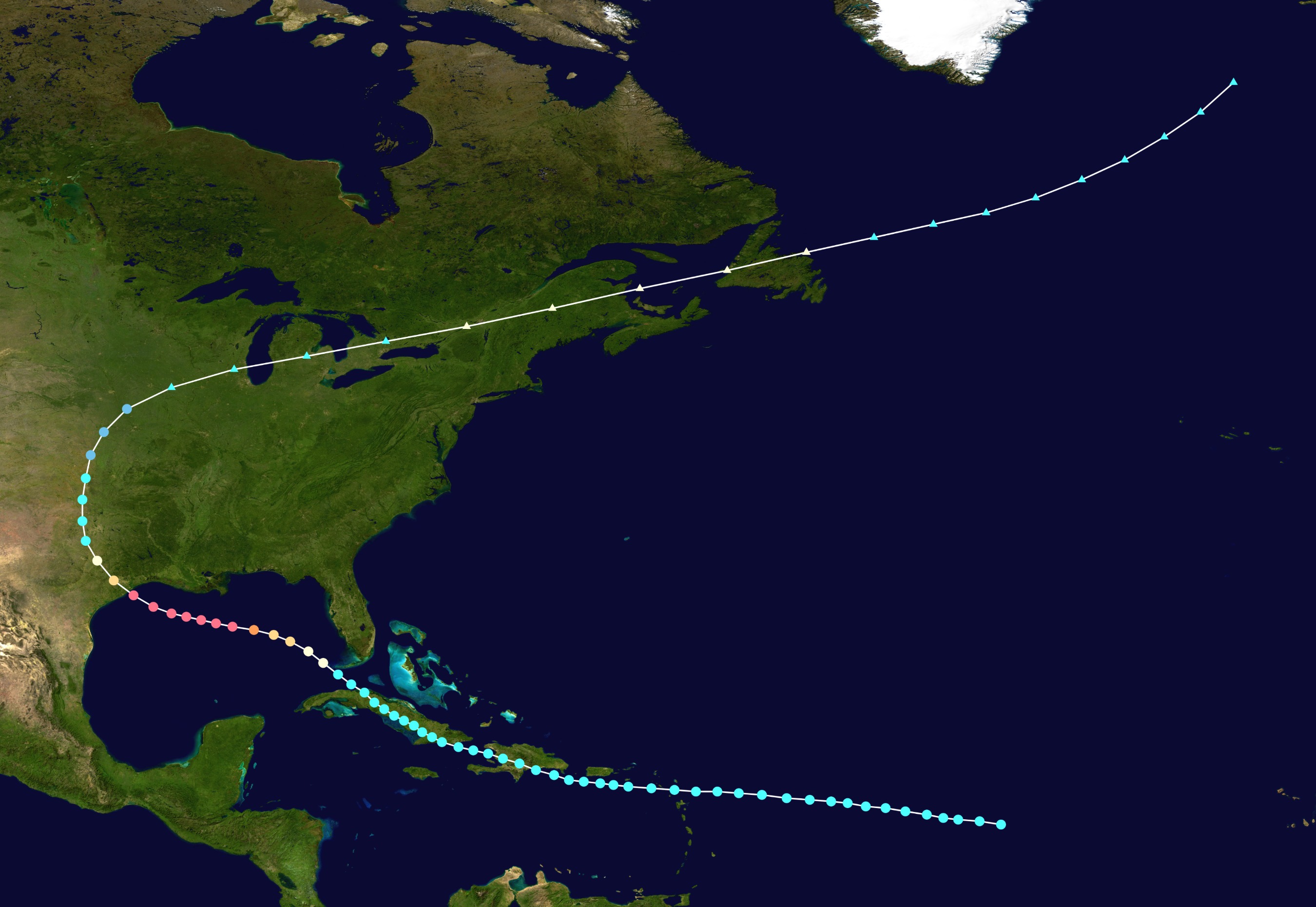
On September 8, 1900, a Category 4 hurricane ripped apart the island city of Galveston on Texas’s Gulf Coast. What made this storm particularly horrifying wasn’t just its intensity, but how completely unprepared the residents were for what was coming. Residents were caught unawares, since US meteorologists underestimated warnings from Cuba about the incoming storm and its direction.
The estimated death toll of between 8,000 and 12,000 people was a result of extreme winds, flying debris and storm swells that submerged the city. By the time it hit Galveston, the destruction of bridges to the mainland prevented islanders’ escape. Weather Service instruments had blown away, but estimated 135-mph winds at landfall make it the equivalent of a Category 4 storm. Water swept away buildings as far as six blocks inland and splintered the rest of the town.
Iran’s Deadly Blizzard of 1972: The World’s Most Lethal Snowstorm
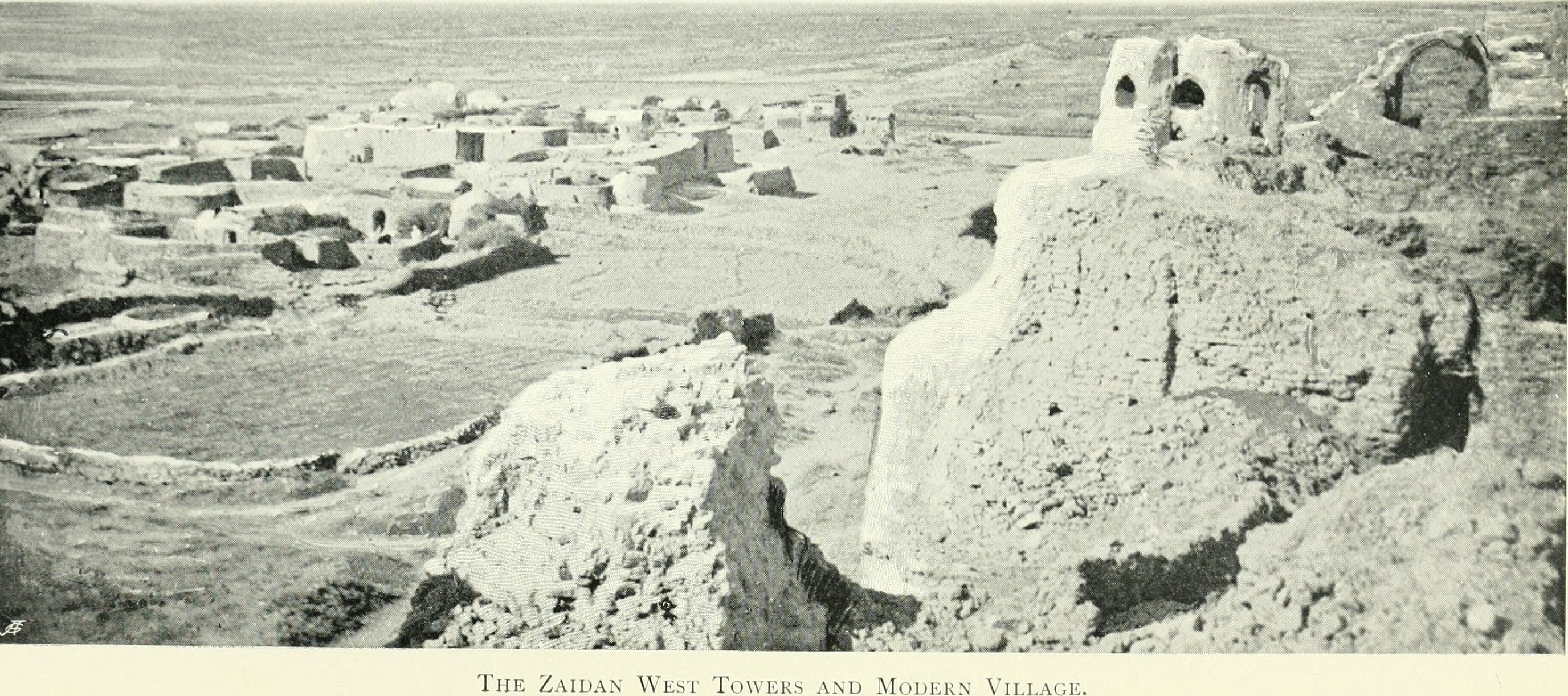
The 1972 Iran Blizzard began in the first few days of February 1972. It lasted a week, dumping 10 to 26 feet of snow over 200 villages. It remains one of the deadliest snowstorm in recorded history, claiming roughly 4,000 lives. This wasn’t simply heavy snowfall – it was nature’s equivalent of burying entire communities alive.
Nearly 6,000 people were reported missing during the disaster, including an American college student and two men who went mountain climbing near Tehran. A search team was sent to track them, but they were also lost in the 39 inches of snow atop the mountain. While parts of northern and central Iran saw upward of 10 feet of snow, some locations in the southern part of the country had 26 feet.
Hurricane Maria’s Devastating Caribbean Assault in 2017
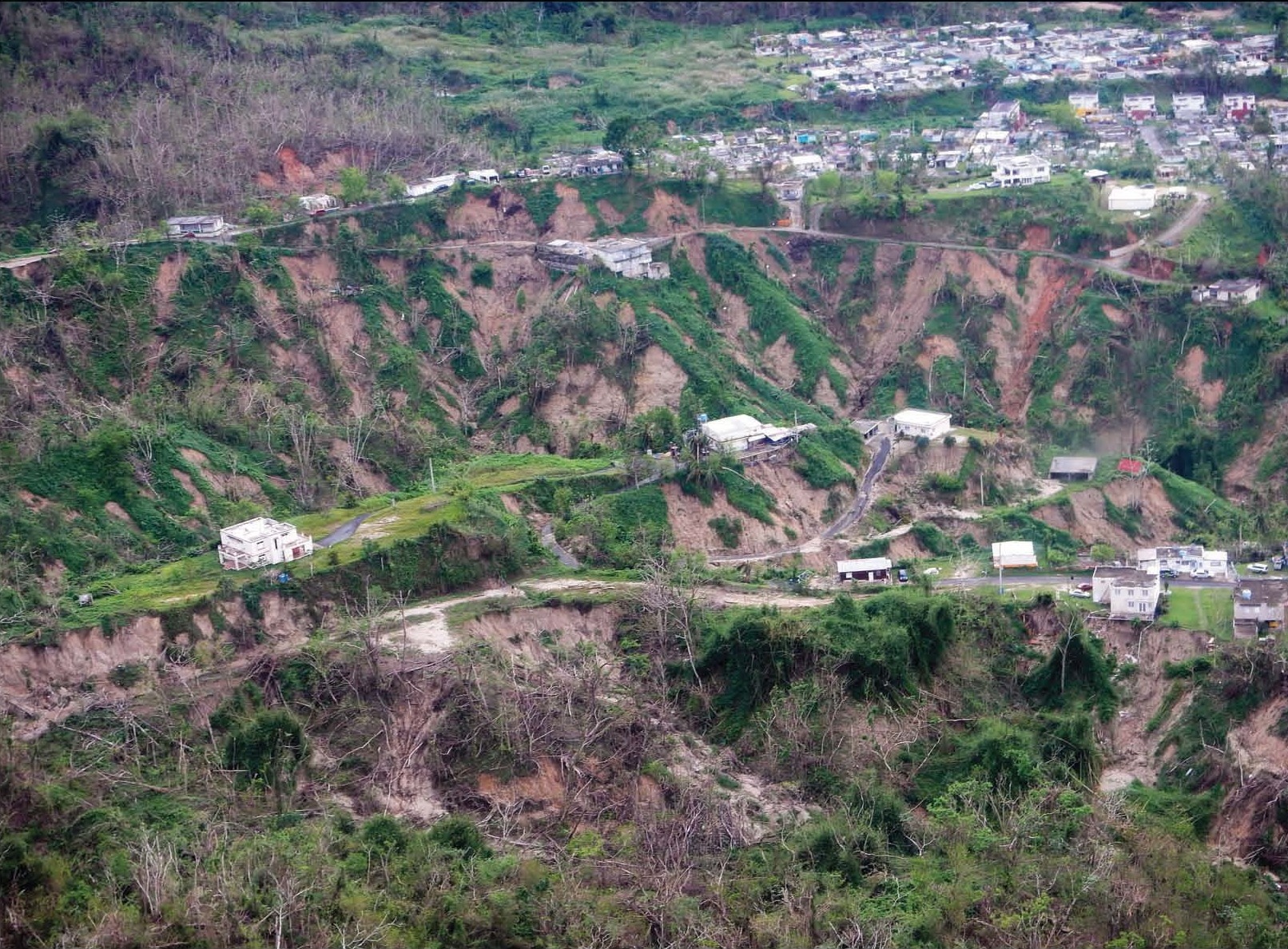
This storm devastated the northeastern Caribbean, particularly in the US commonwealth of Puerto Rico, which accounted for 2,975 of the 3,059 deaths. It is the bloodiest and costliest ($91.6 billion in 2017 USD) hurricane to strike the island of Puerto Rico, and is the deadliest hurricane in terms of category strength to strike the country of Dominica and the US Virgin Island territory. The storm’s impact went far beyond immediate destruction.
America’s deadliest disaster of the past fifty years was Hurricane Maria, with a direct plus indirect death toll of 2981. What made Maria particularly terrifying was how it systematically destroyed Puerto Rico’s infrastructure, leaving millions without power, clean water, or communication for months. The psychological trauma of complete societal breakdown added another layer of horror to an already catastrophic event.
The Children’s Blizzard of 1888: When Warmth Turned Deadly
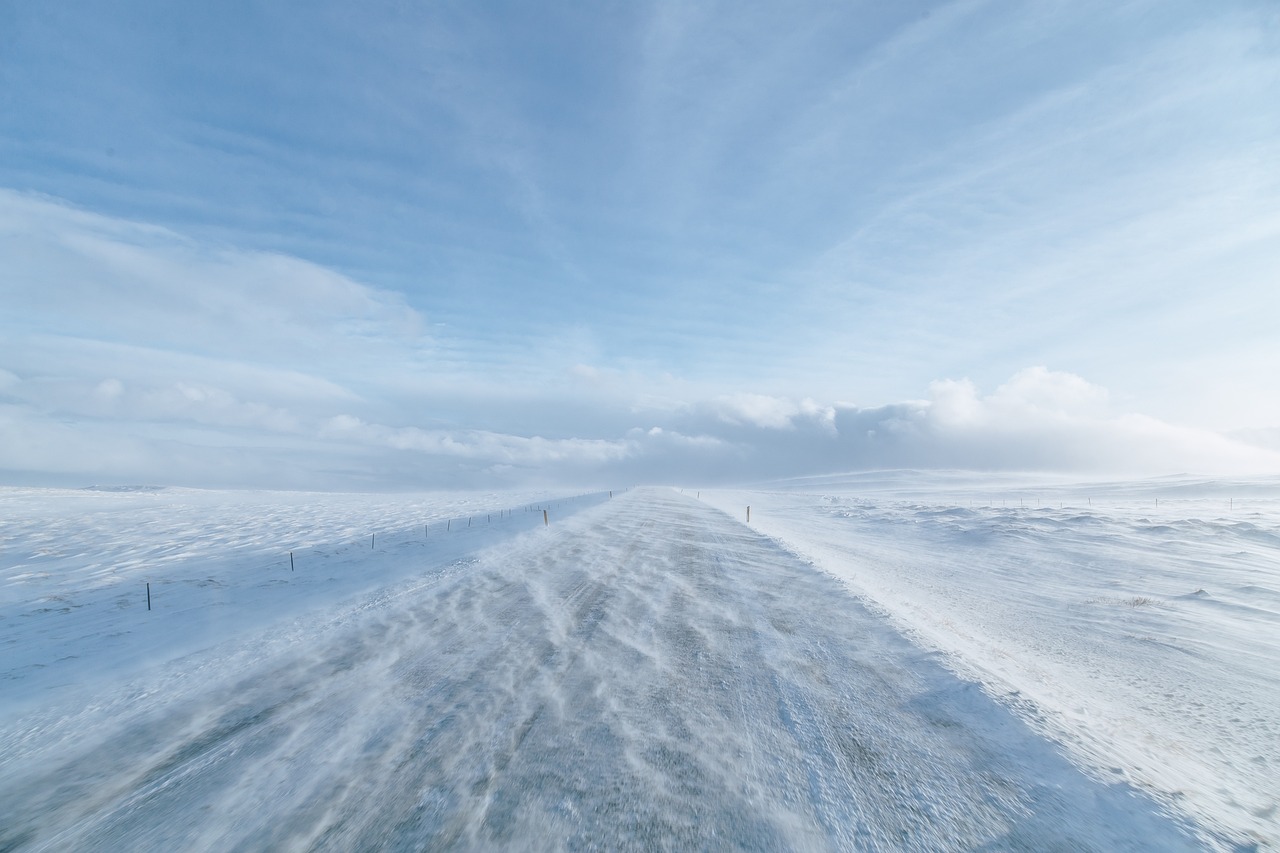
The Children’s Blizzard earned its tragic name because of its timing. On Jan. 12, 1888, temperatures dropped from a relatively balmy few degrees above freezing to a wind chill of minus 40 degrees Fahrenheit (minus 40 degrees Celsius) in the Dakota Territory and Nebraska. Because of the warm day, thousands were caught unprepared for cold weather, including schoolchildren sent home by their teachers during the storm.
The weather’s deception made this storm particularly sinister. People had ventured outside in light clothing, expecting another mild winter day. Temperatures dropped as low as 40 degrees below zero in a matter of hours. Fierce winds up to 60 mph created an ensuing whiteout dubbed “The Children’s Blizzard” due to the many children who died walking home from school. A contributing factor to the death toll was the poor construction of many homes and schoolhouses built as the upper Midwest was experiencing a pioneer boom.
The Great Blizzard of 1888: The Storm That Built Subways
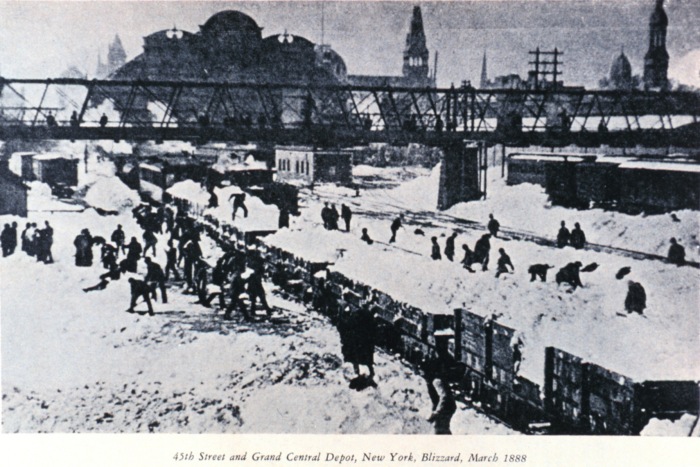
March 1888 saw one of the most severe blizzards in US history. New York and New Jersey were hardest hit, with some parts buried under 3ft 4in (1m) of snow in what became known as the ‘Great White Hurricane’. The snowdrifts brought down telephone lines and buried trains leaving passengers stranded, while fierce winds caused 200 ships to flounder. In total it’s believed more than 400 people lost their lives, the worst death toll in US history from a winter storm.
The disastrous effects of the Great Blizzard of ’88 actually inspired Boston to create the first underground subway system in the country. The storm was so devastating that it literally changed how Americans thought about urban transportation. Over the course of four days, 50-foot snowdrifts and high winds took out power lines and blocked travel. Once the snow melted, further damage was done by extensive flooding and ensuing fires.
The 1970 Bhola Cyclone: When the Sea Swallowed Half a Million
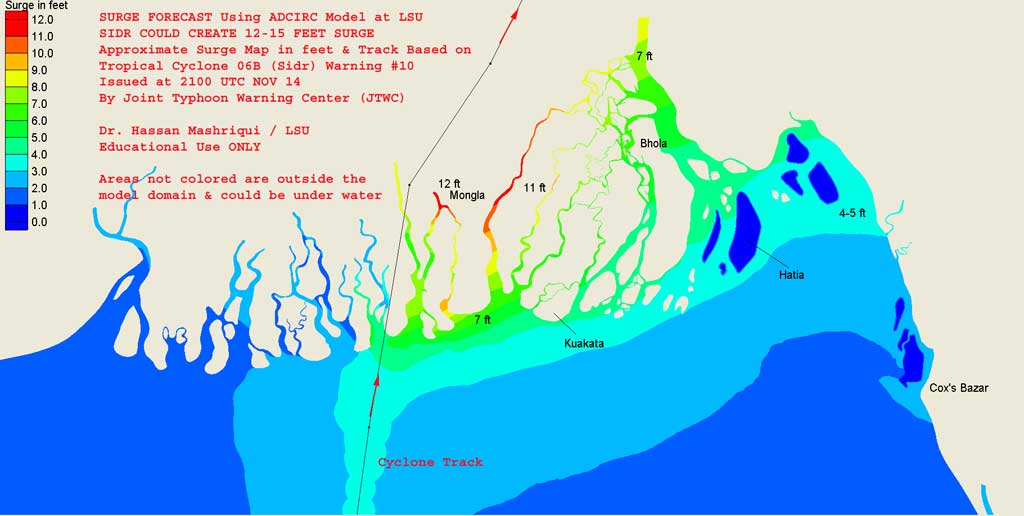
Where a tropical cyclone in 1991 in Bangladesh killed 135,000 people, and a 1970 cyclone killed 300,000, the similarly-sized Cyclone Ampham, which struck India and Bangladesh in 2020, killed just 120 people in total. The 1970 Bhola Cyclone stands as one of the most lethal natural disasters in recorded history, demonstrating how deadly storm surges can be in densely populated, low-lying areas.
The cyclone struck during high tide, sending walls of water up to 20 feet high crashing across the Bangladesh coast and nearby islands. Entire villages simply vanished beneath the surge, with some islands losing their entire populations. What made this disaster particularly horrifying was the complete helplessness of the victims – there was nowhere to run, no higher ground to reach, just endless water swallowing everything in its path.
Hurricane Wilma’s Record-Breaking Fury in 2005
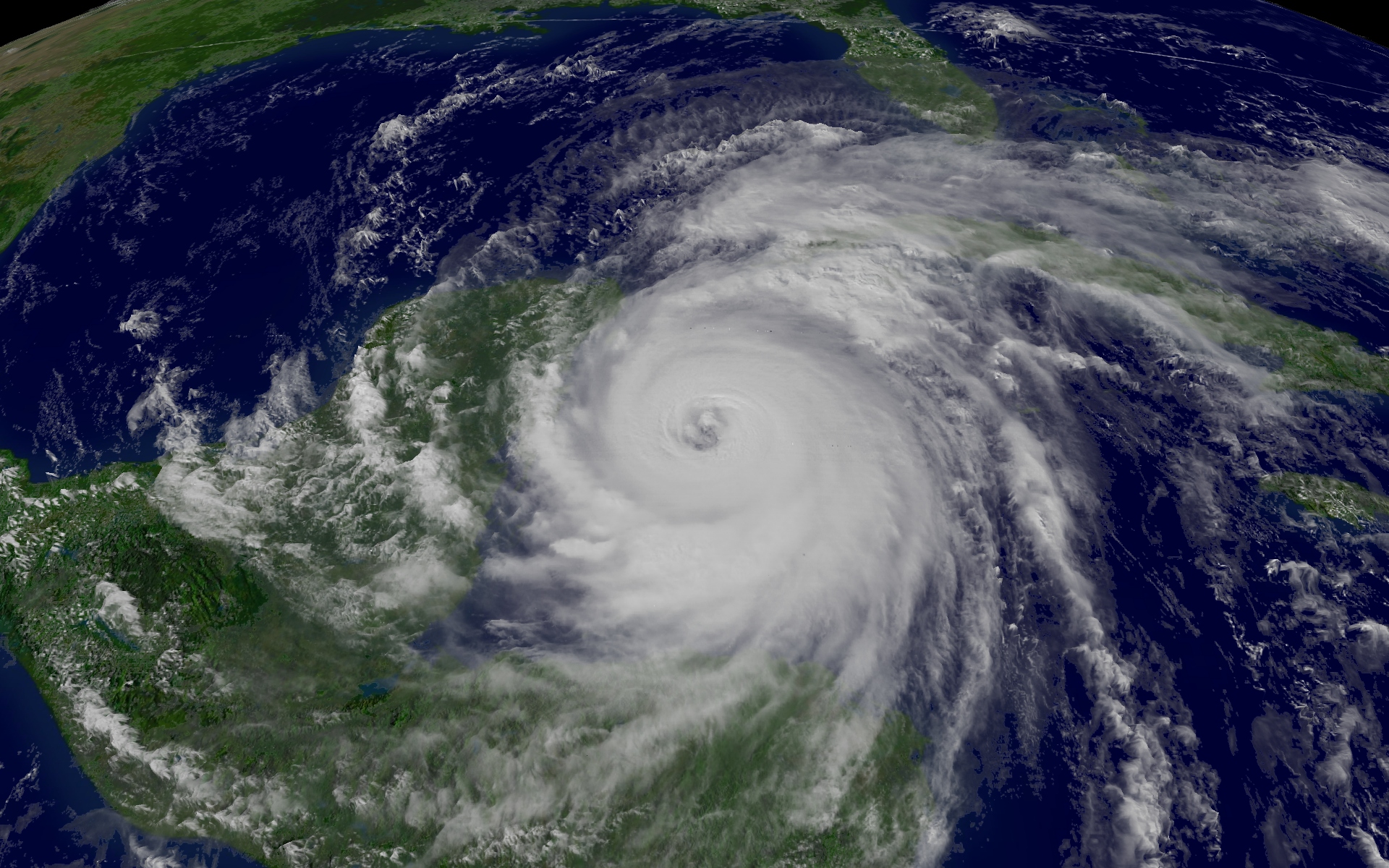
It was the most intense Atlantic hurricane in recorded history. During Hurricane Wilma, meteorologists recorded wind speeds of up to 185 miles per hour. They also recorded the lowest ever air pressure reading on the Atlantic Ocean. At peak intensity, the eye of Wilma was only about 2.3 miles in diameter, the smallest eye ever to be observed in an Atlantic hurricane.
When a hurricane’s eye shrinks to a small size, it often means that the storm is becoming more intense. Wilma’s microscopic eye was like nature’s own pressure cooker, concentrating unimaginable power into an impossibly small space. The storm’s rapid intensification from a tropical depression to a Category 5 hurricane in just 24 hours remains one of meteorology’s most frightening examples of explosive cyclonic development.
The Storm of the Century: 1993’s Superstorm
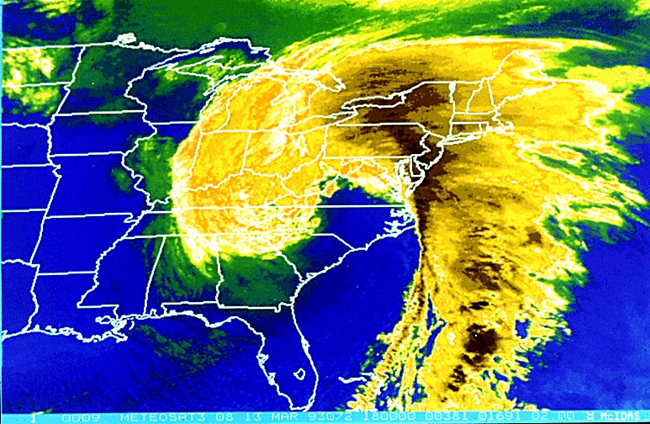
The Superstorm of 1993 dubbed the “Storm of the Century” was one of the most intense storms ever recorded in the Eastern U.S. The storm system bore down on half the U.S. from March 12 to 14 causing $5.5 billion in damage and killing more than 270 people in 13 different states. With a central pressure usually found only in Category 3 hurricanes, the storm spawned tornadoes and left coastal flooding, crippling snow, and bone-chilling cold in its wake.
This blizzard, which experts consider a superstorm, featured hurricane-level storm surges, tornados, near-whiteout conditions, and even included a rare derecho (an extremely strong and enduring thunderstorm). Among the affected states, Tennessee received the most snow (about 60 inches), and New Hampshire recorded the worst winds with gusts of 144 mph on Mount Washington. In terms of human impact, the Superstorm of 1993 was more significant than most landfalling hurricanes or tornado outbreaks, and ranks among the deadliest and most costly weather events of the 20th century.
The Joplin Tornado: America’s Most Destructive Twister
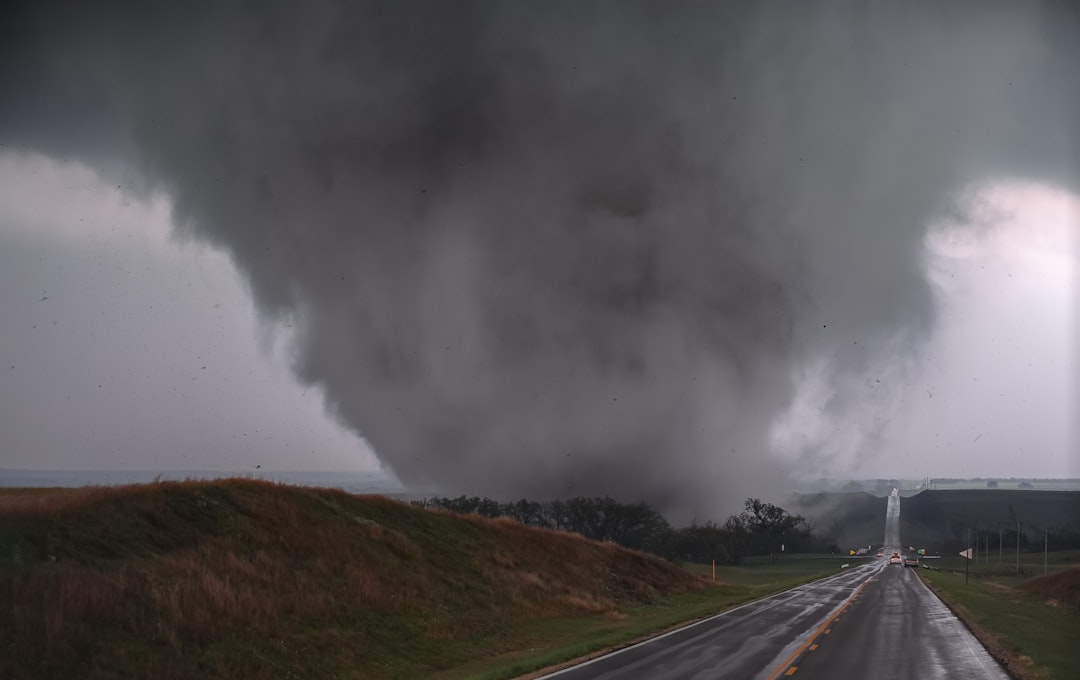
The tornado tracked eastward through Joplin, reaching peak speeds in excess of 200 m.p.h. and then continued across Interstate 44 into rural portions of Jasper and Newton counties, weakening before it dissipated. This devastating tornado claimed 161 lives, caused more than 1,300 injuries, and nearly $3 billion worth of damages. It is considered the costliest tornado in United States history and one of the single deadliest US twisters since 1953.
The tornado caused unprecedented destruction in Joplin. The Joplin tornado was particularly terrifying because of how it obliterated everything in its path with surgical precision. Witnesses described seeing the twister pick up and hurl massive objects like cars and houses as if they were toys, while the sound itself was compared to a freight train amplified a thousand times.
The Great Heat Wave of 1980: The Silent Killer
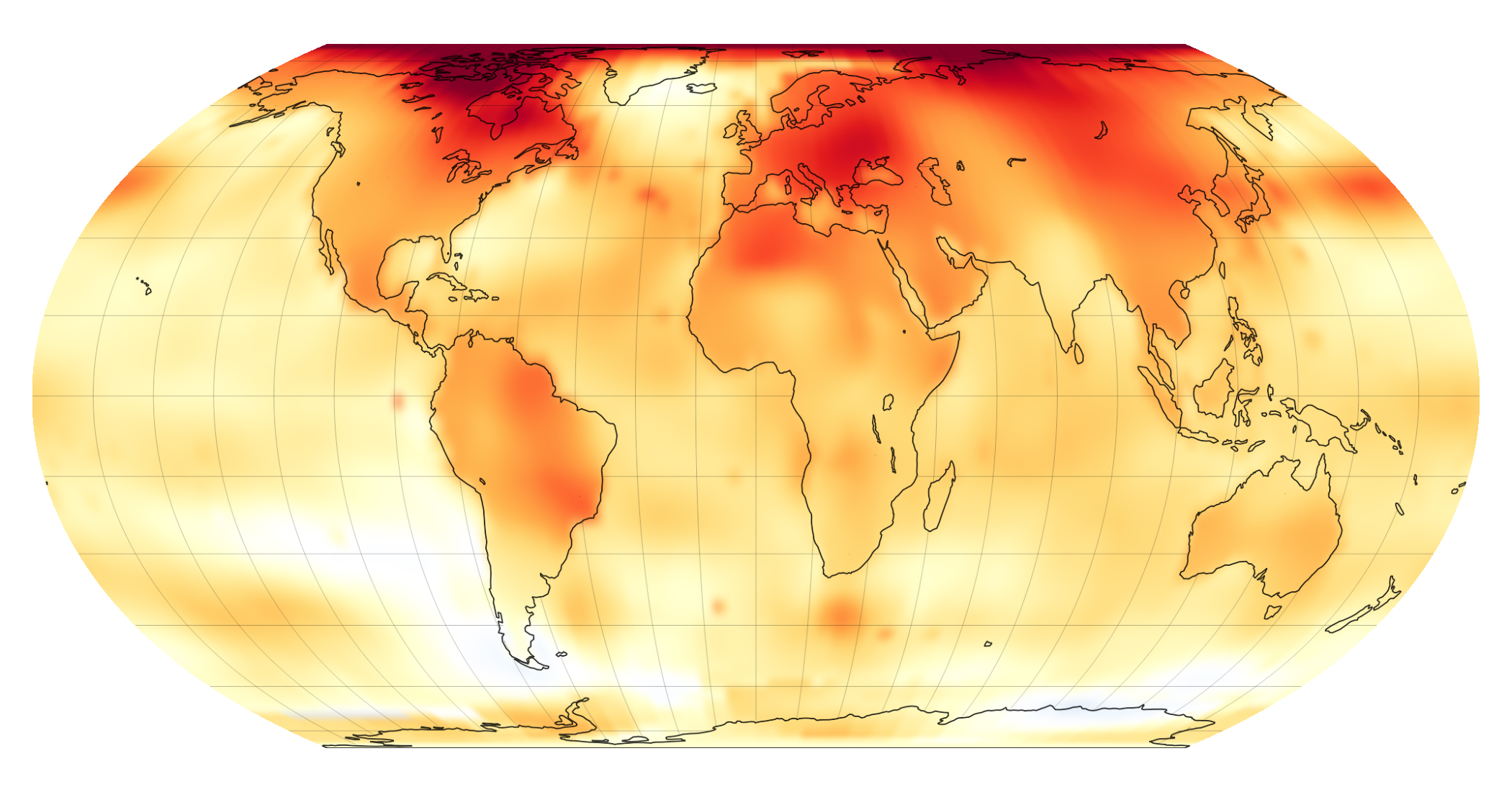
The two deadliest events would likely be the heat wave of 1980 (10,000 direct and indirect deaths) and the heat wave of 1988 (5000 direct and indirect deaths). Extreme heat is one of the leading causes of weather-related deaths in the United States, killing an average of more than 600 people per year from 1999-2009, more than all other impacts (except hurricanes) combined.
Extreme heat is the stealth killer. Its effects can catch you off guard and become life threatening quickly. Currently, the World Health Organization tells us that heat waves are considered among the most dangerous of natural hazards but rarely receive adequate attention because their death tolls and destruction are not always obvious. Unlike dramatic storms that announce their presence with visible destruction, heat waves kill quietly, claiming victims in their homes, cars, and workplaces without fanfare or warning.
Conclusion
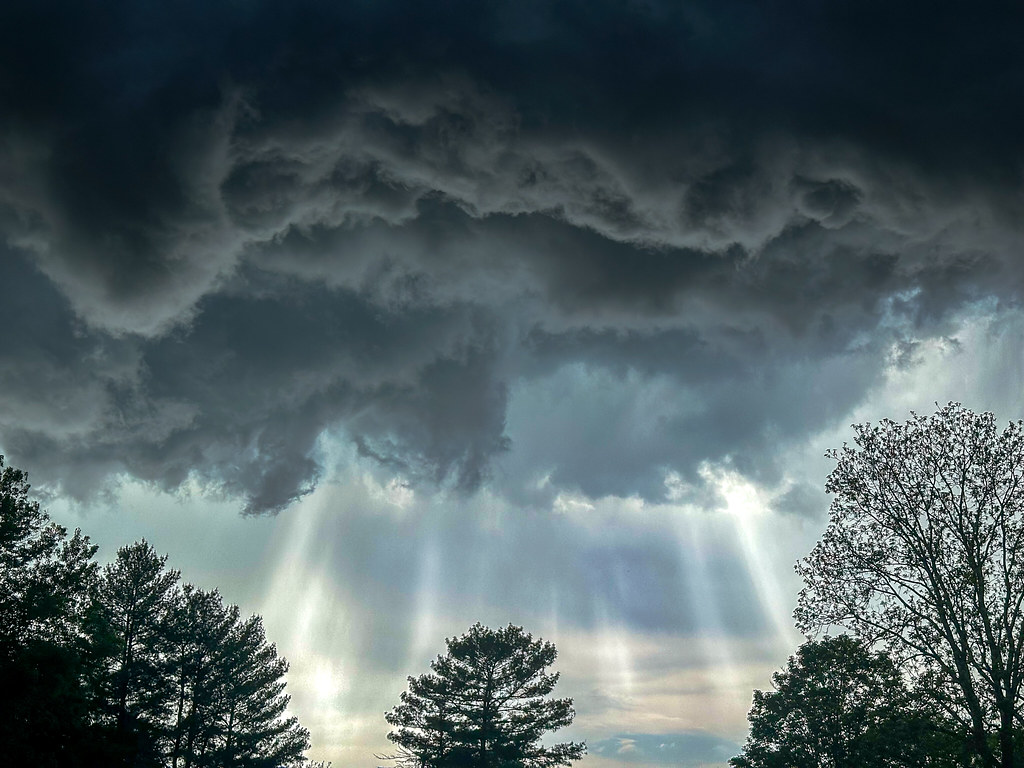
These terrifying weather events reveal the awesome power of Earth’s atmosphere when it reaches its most extreme states. From blizzards that buried entire communities to heat waves that killed thousands silently, from hurricanes that erased cities to tornadoes that obliterated everything in their path, these disasters remind us that despite all our technological advances, we remain vulnerable to nature’s fury.
What makes these events truly frightening isn’t just their immediate destruction, but their unpredictability and the helplessness they inspire. Climate change is causing the weather around the world to get more extreme, and scientists are increasingly able to pinpoint exactly how the weather is changing as the Earth heats up. A sweeping new report by top climate scientists and meteorologists describes how climate change drove unprecedented heat waves, floods and droughts in recent years. As our planet continues to warm, we may witness weather events that make these historical disasters seem tame by comparison. What do you think about nature’s incredible power? Tell us in the comments.

Hi, I’m Andrew, and I come from India. Experienced content specialist with a passion for writing. My forte includes health and wellness, Travel, Animals, and Nature. A nature nomad, I am obsessed with mountains and love high-altitude trekking. I have been on several Himalayan treks in India including the Everest Base Camp in Nepal, a profound experience.

